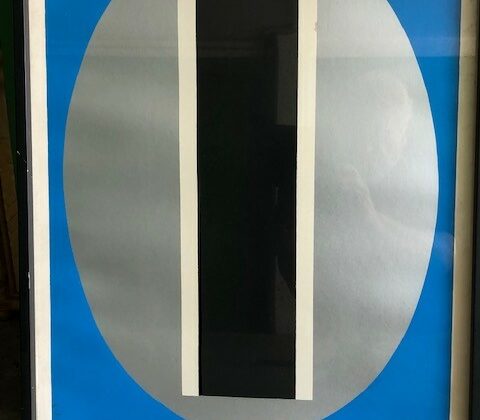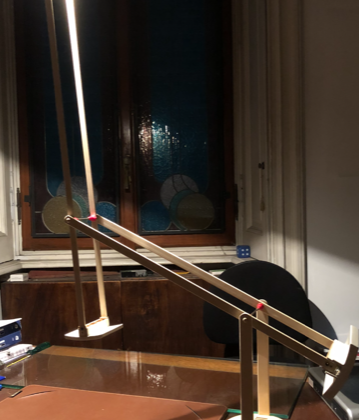DALI’ EXPERIENCE – A new immersive creative cultural experience, so productive also in teaching and learning
Francesco Carelli, University of Milan
This exhibition, at Palazzo Belloni in Bologna (Italy) from 25 November 2016 to 7 May 2017, is really a new , “diffuse” and immersive cultural experience.
 About 200 works from the collection “The Dalì Universe” (one of the richest documentations of Dalì’s artistic story) are the protagonists of an interactive and multimedia journey inviting visitors to an involving and participative experience. There are 22 museum sculptures, 10 glass works made in late ’60 in collaboration with the famous Daum cristal factory in Nancy, 12 gold objects, more than 100 graphics from illustrated books and 4 monumental sculptures placed in strategical locations downtown. The creative act of the unconventional curatorial work involves together all the aspects of the exhibition, like they were a whole work. The aim is to be empathic with the artist to transmit to the public an emotional message, not a didactic one, where multimedia and interactivity become integral part of the tale and not additional or side elements.
About 200 works from the collection “The Dalì Universe” (one of the richest documentations of Dalì’s artistic story) are the protagonists of an interactive and multimedia journey inviting visitors to an involving and participative experience. There are 22 museum sculptures, 10 glass works made in late ’60 in collaboration with the famous Daum cristal factory in Nancy, 12 gold objects, more than 100 graphics from illustrated books and 4 monumental sculptures placed in strategical locations downtown. The creative act of the unconventional curatorial work involves together all the aspects of the exhibition, like they were a whole work. The aim is to be empathic with the artist to transmit to the public an emotional message, not a didactic one, where multimedia and interactivity become integral part of the tale and not additional or side elements.
Visitors can go deep into the labyrinth of the Author’s polyedric mind to discover the creative results of his infinite imagination. A journey through multi-dimensions, from bi-dimensionality of graphics, to tri-dimensionality of sculptures, to the virtual fourth dimension beyond space and time.
The spectator is prompted again and again to use all his senses to interact with Dalì Universe, where his works dialogue with interactive installations (3D animation, augmented reality, immersive projections) in a tour of continued discovery and surprise, inviting to try. In the exhibition pathway, we can discover the different souls of the Master, whose creative contributions not only join with surrealist painting but touch the most different and fertile ambits of the XX century culture, from cinema to fashion, from design to advertising, from literature to cooking, to psychoanalysis, to physic of particles and new technologies.
The idea, and the challenge, is to imagine the exhibition places like containers, fluid inside and opened towards outside, in osmosis with the territory: propulsive centers from which culture spreads by centrifugal way, involving the town to make it participant and protagonist. For this reason, surreal appointments and events at 360 degrees are programmed or occur by surprise also in unpredictable places, in partnership with local institutions or organizations, in continuous relationship outside/inside, online/offline, real/virtual.
For instance, an App of augmented reality is at disposal to see townscape with Dali’s look, discovering his world strange objects spread all over the territory, and take pictures to share on main social network, where the exhibition has its own hashtag: #daliexperience.
Interactive and multimedia methods are the future, already developing in teaching and learning modules in Medicine. It happens and has to happen because:
1) it improves tools for the teacher in preparing and showing the bulk of materials on which students must study and learn; it enables interactivity with learners both in formative pathway and in final assessment.
2) it improves attention, interest and involvement of students and learners, and acts as a guideline to progressive broadening in researches, studies, considerations, information exchanges among different learners.
3) the rapid progress in application of technology, WEB area and sources researches allows such a deepening and widening interactivity that before was never possible to imagine. It is the same thing also in CME, sometimes so dry, and dropped from above, while the new methodology may/must get rid of negative and boring features, often not useful in producing particular improvements in knowledge and quality.
The Professional Doctor needs to feel a protagonist part in situation to be investigated, where interaction with all what media tools can offer may produce an “educative” improvement, much faster, effective and pleasant/rewarding.



